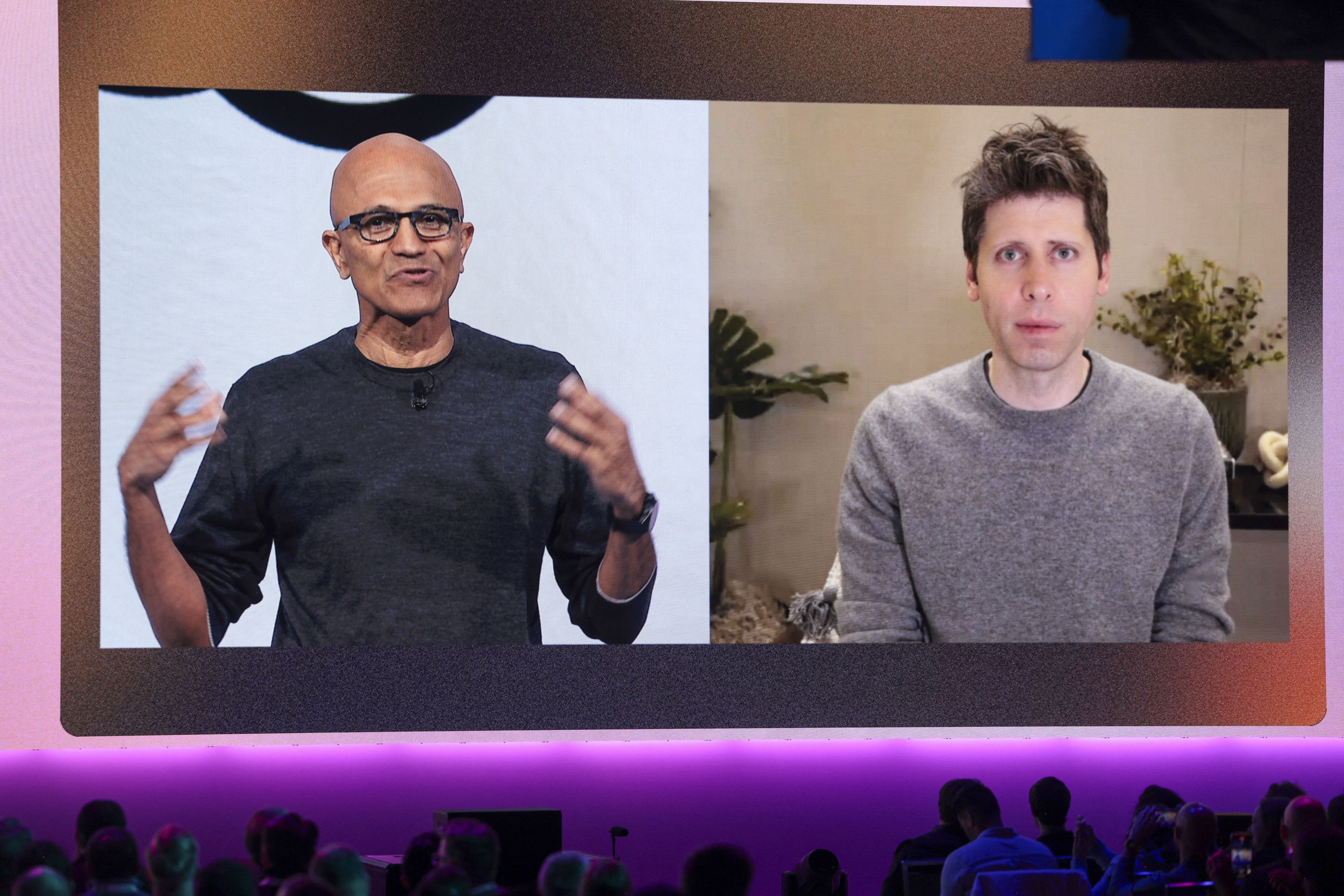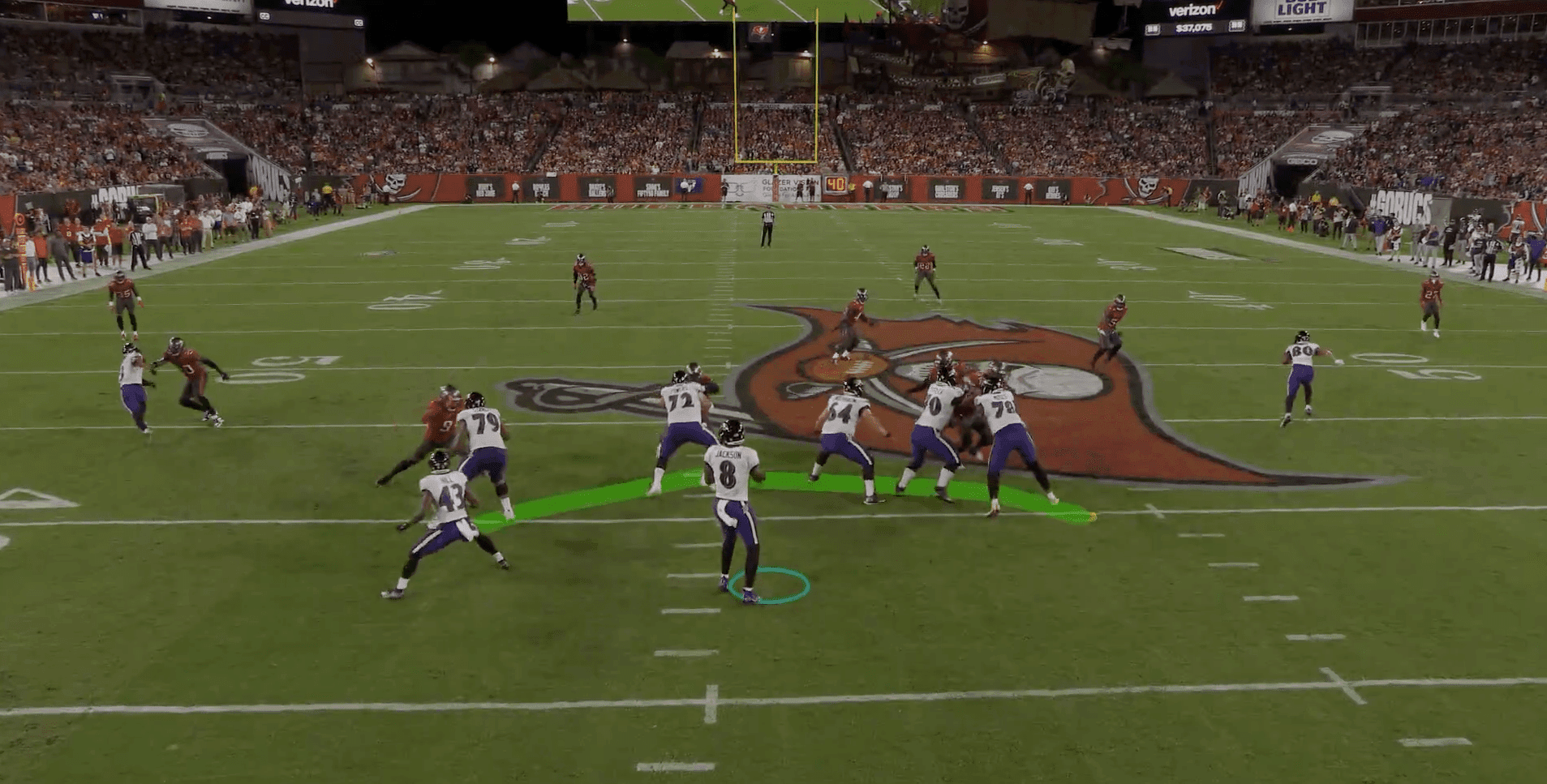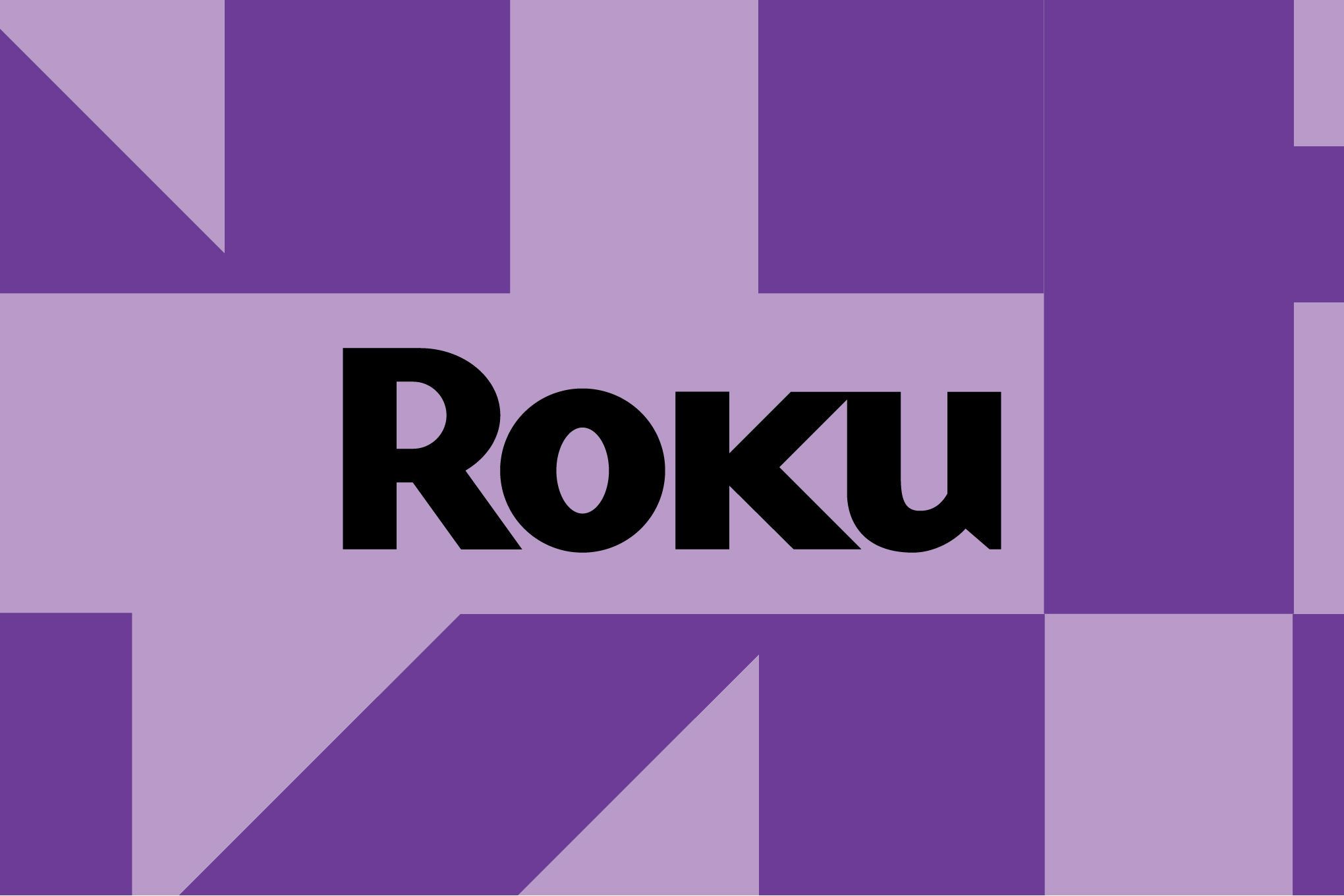The UK just took a major step toward AI sovereignty with a groundbreaking Welsh-language model. The UK-LLM initiative, backed by University College London and NVIDIA, has successfully trained an AI system that can reason in both English and Welsh - potentially serving 850,000 Welsh speakers with native-language public services from healthcare to education.
The Welsh government's ambitious goal of reaching one million Welsh speakers by 2050 just got a major AI boost. NVIDIA today revealed its collaboration with the UK-LLM sovereign AI initiative to create the first enterprise-grade language model capable of reasoning in Welsh - a breakthrough that could reshape how minority languages survive in the AI era.
The project represents more than just technical achievement. UK Prime Minister Keir Starmer positioned it as proof that cutting-edge AI can "serve the public good, protect cultural heritage and unlock opportunity across the country." The timing couldn't be more critical as Wales pushes toward its Cymraeg 2050 initiative to revitalize the language.
Built on NVIDIA's Nemotron foundation models, the system leverages both the 49-billion parameter Llama Nemotron Super and 9-billion parameter Nemotron Nano models. But here's where it gets technically interesting - the team faced the classic minority language AI problem: not enough training data.
To solve this, University College London researchers used NVIDIA NIM microservices to translate over 30 million English entries from NVIDIA's open datasets into Welsh. They processed this massive translation job using hundreds of NVIDIA GH200 Grace Hopper Superchips on Isambard-AI, the UK's most powerful supercomputer backed by £225 million in government investment.
The collaboration extends beyond pure tech. Bangor University, located in Gwynedd where Welsh speakers make up the highest percentage of any UK county, brought two decades of Welsh language technology expertise to verify accuracy and handle linguistic nuances that typically trip up AI systems.
"The aim is to ensure that Welsh remains a living, breathing language that continues to develop with the times," Gruffudd Prys, senior terminologist at Bangor University's Language Technologies Unit, told NVIDIA's blog. His team helped tackle challenges like consonant mutations - where Welsh word beginnings change based on neighboring words.












